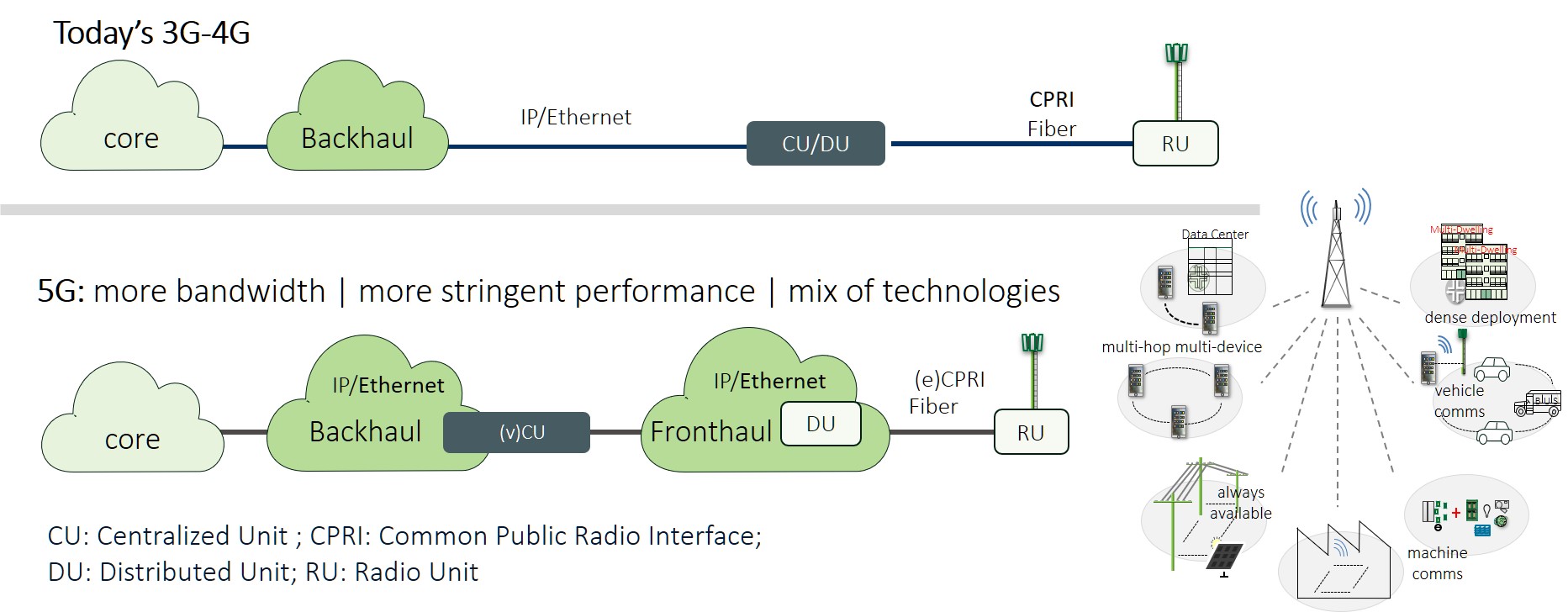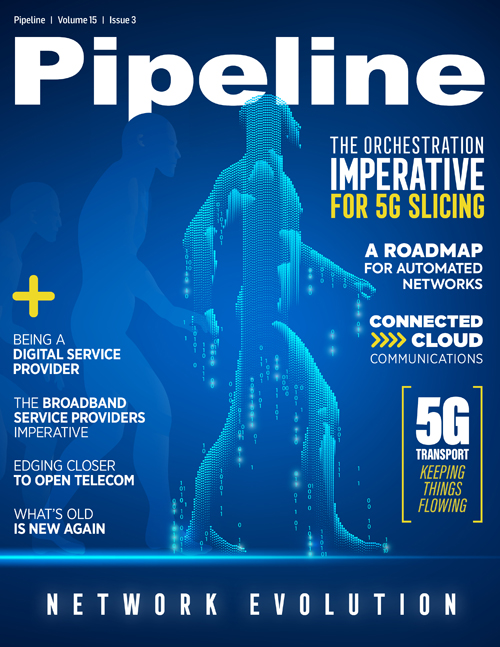5G Transport: Let's Keep Things Flowing
By: Robin Mersh

By as soon as 2019, 5G will be here, according to Forbes. As more than just the next generation of mobile broadband, the technology is expected to completely transform all aspects of daily life—from connected cars to remote surgery, the possibilities for new and innovative services seem endless.
To realize this potential and move 5G from concept to reality, a significant investment is required from operators and equipment manufacturers—and not just in mobile networks. An integral part of 5G’s success is in providing access to services, regardless of location or device, which means fixed networks must be fully integrated into mobile networks. Without this integration, concepts like seamless service delivery will not be possible.
As the plumbing that keeps both the fixed network and the mobile network flowing, the transport network is also vitally important, providing the foundation for this new era of connectivity. The question is: is it ready for 5G?
From Terabytes to Exabytes
Transport is critical to the development of 5G because, at some point, the radio ends and the network begins. At this juncture, all of 5G’s advantages—increased traffic capacity, higher performance and more—have to be maintained by the network.
For the transport network, this means any capacity increase in mobile networks must be matched by the fixed network. Higher performance will also be required both in terms of less delay and a more predictable performance that end-users can depend on. For some services, such as remote surgery, if this level of performance is not achieved, the consequences could be significant. The same is true for the reliability of the network—for instance, outages will become unacceptable—and improved service isolation will be needed to ensure more autonomous control. Finally, the scalability of the network will need to become much greater, not only in terms of the number of connected devices it needs to support but also the amount of data those devices will consume.
To give an idea of the scope of the transport challenge we face, we can look at the findings of the June 2018 Ericsson Mobility Report. By 2023, the study anticipates that there will be 8.9 billion worldwide mobile subscriptions, 7.2 billion of which will be smartphones. The report also predicts that by 2023, worldwide monthly data traffic will go from 3.4 Gigabytes per month for each smartphone in 2017 to a huge 17 Gigabits per month for each of the 7.2 billion smartphones. The worldwide total monthly mobile data traffic will go from 15 exabytes—one of which is equal to one million terabytes—in 2017 to 107 exabytes in 2023.
In a nutshell, the transport network needs to evolve—and there isn’t much time.
The new network
When it comes to what this evolution will look like, flexibility and dynamism will be key. While previous generations of mobile networks were more or less static, and the transport network was very backhaul-focused, the 5G architecture will need to be more dynamic and scalable and support a range of use cases. Developments like NG-PON2 also mean it will be used for backhaul on a larger scale than ever before, while network slicing means it will need to leverage new technologies to enable greater traffic isolation and customer control capabilities.

Fig. 1 - 5G Transport
(click to enlarge)
The above figure illustrates these types of changes. In the top scenario—which shows the more static backhaul situation of 2G through to LTE—the Centralized Unit (CU) and Distributed Unit (DU), or what we used to refer to as the RBS, is collocated with the Radio Unit (RU) and antenna and connected with point-to-point fiber using Common Public Radio Interface (CPRI). In this scenario, fiber runs from the top of the cell mast to the bottom to the RBS. From the CU towards the mobile core is a backhaul network, which is currently supported by IP/Ethernet technologies. The functional architecture and equipment requirements for supporting these types of transport networks have already been captured by the Forum and are available, namely, in TR-221 and TR-224.



















